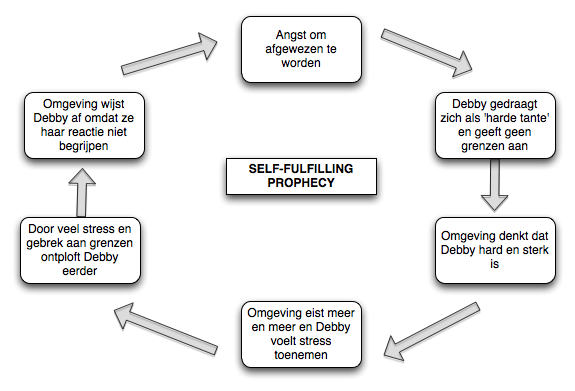With her firm handshake, Debby instantly revealed her strong character yet, at the same time, she came across as a very open, sociable and warmhearted woman. With her dark blonde hair, tamed into a perfect knot and her impeccably tailored clothes – crease-free, even in the afternoon – it was not a surprise to me she had an excellent job. Debby is a very successful lawyer. Everything seemed to be going her way but in reality Debby was feeling rather overwhelmed when it came to handling conflicts and receiving feedback or critique. One day she came to see me, smiling and excited as usual, but very quickly tears started to well up in her eyes:
“… and then he asked me if I had a minute. Well, no I didn’t have a minute! But, of course that’s not something you’d say to your boss so, even though I had a deadline coming up in five minutes, I entered this conversation. Then, right at that moment he starts complaining about how people find it difficult to approach me and that I had offended someone, and so on and so on. I work 24 hours a day for this guy and this is what I get!? That’s when I froze up and stormed out…”
After this she sinks back into the couch and when I ask her how she felt when he wanted to speak to her, she goes quiet. “Scared,” she eventually replies with a tiny voice. “Finally,” I thought, “let’s get started.”
From angry cat to little girl
The problem was that Debby portrayed herself in a way that didn’t exactly match the way she was really feeling on the inside. But people did react to that image. They were reacting to this angry cat and not to the Debby who – on the inside – was asking for compassion and care.
In the beginning of my conversations with Debby it was difficult to discover what the real problem was, even for me as her therapist. A strong, sociable woman, a successful lawyer, what could be wrong with this picture? However I did notice that Debby, by maintaining this perfect image, also kept me at a distance. I started to wonder: “What do you want?” and “What exactly are you trying to say?”. Because Debby wanted to talk about her feelings but, at the same time wasn’t telling me what she was feeling at all, I experienced the same thing people around her were experiencing: confusion. Of course, as her therapist I kept questioning her and eventually her vulnerable side came out. The moment Debby was able to see the situation clearly and showed me how scared she was, she finally gave me the opportunity to help her. At this moment I could see the little girl in her instead of that hardened lawyer and her question to me was: “But how do I do this? If I say ‘no’ they get upset. I’m so afraid that they don’t think I’m good enough. I just feel so worthless and alone. I feel alone…”
What I’m actually trying to say
In these cases it’s important to realize how you project yourself when you are feeling unhappy and how those around you react to that. So, what do you want, what are you showing and how are you asking for it? Based on how the people who surround you tend to react: how can you make them understand you better? Debby’s story is a good example of a self-fulfilling prophecy:

Feeling more comfortable in yourself
How is Debby doing? As she started to set limits in her relationships she started to feel more confident. She has also noticed that her hard side, the tough lawyer, began to soften up. She’s a lot calmer, and feels she doesn’t have to run away from things and that translates into her behavior. Above all: Debby has learned to let people in and this, in turn, means that she feels less alone!






 If you are traveling or when you would like to have your session from home. A Skype video conversation comes closest to a “normal” session at the practice. Please call or send an email first.
If you are traveling or when you would like to have your session from home. A Skype video conversation comes closest to a “normal” session at the practice. Please call or send an email first. In the center of Amsterdam you can come to our practice and talk face to face to your therapist. When your busy schedule allows it, please feel welcome to come by for a session!
In the center of Amsterdam you can come to our practice and talk face to face to your therapist. When your busy schedule allows it, please feel welcome to come by for a session!